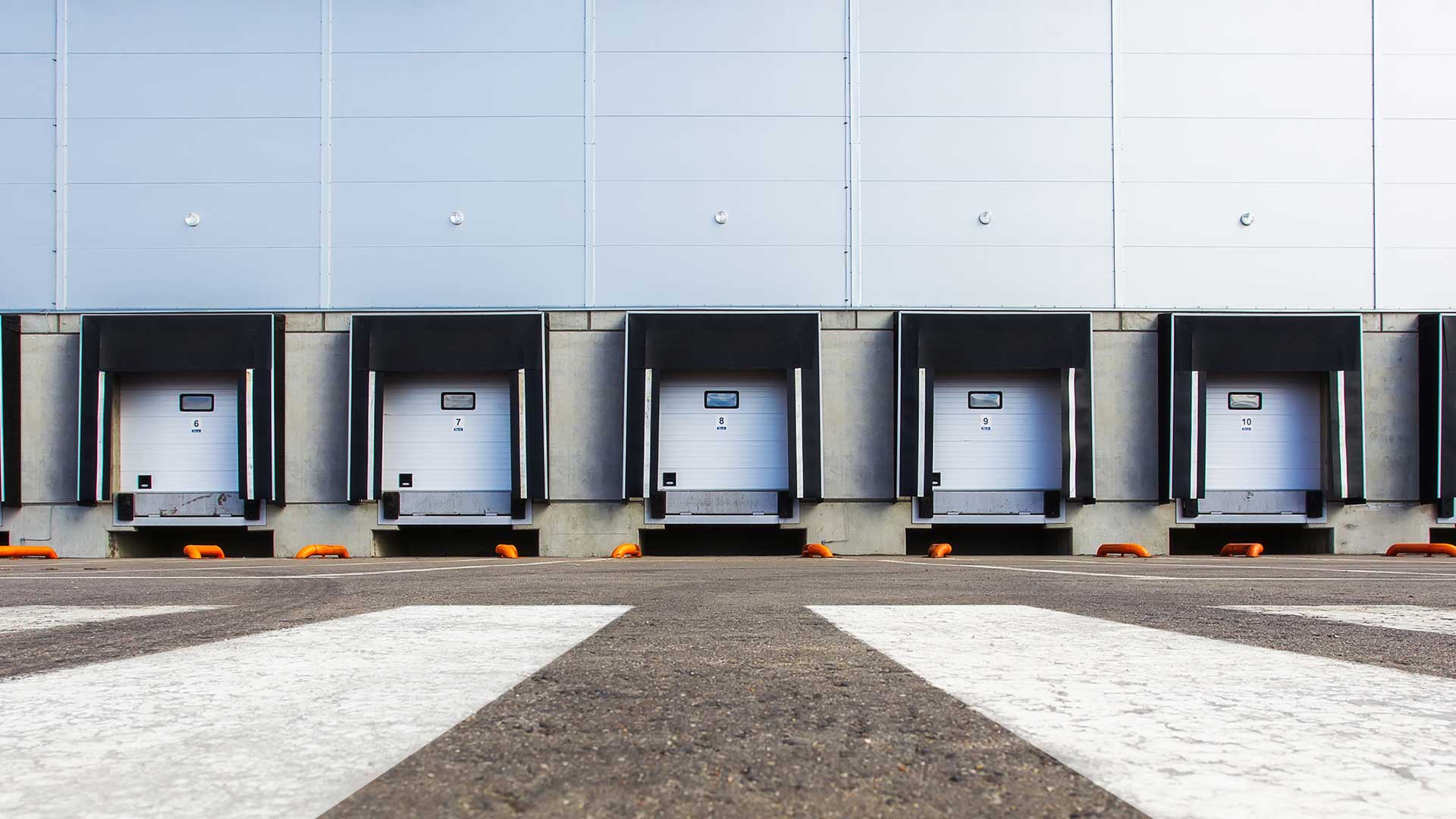During the first year of the pandemic, online shopping surged as more consumers sought an alternative to crowded marketplaces. According to Digital Commerce 360 (DC360), e-commerce sales experienced an astounding 32.4% year-over-year growth in 2020. Last year, however, the widespread availability of vaccines and periods of lower COVID-19 cases led more shoppers back out into the brick-and-mortar environment.
Nonetheless, e-commerce sales will continue to become a growing presence in American and global societies. According to eMarketer, last year’s online sales will have grown approximately 17.9%. By 2025, the total revenue from e-commerce sales in the U.S. will exceed $560 billion, according to consumer research firm Statista.
But what is the importance of these statistics to shippers? It all boils down to consumer demand and expectations. Currently, there are no signals that the U.S. or global economy will stall in the years ahead. With continued demand, the pressure will fall to shippers to meet the delivery needs of an increasingly demanding audience. What are they demanding? Speed.

Online Shopping Continues To Grow
When we asked shippers in 2017 if they engaged in final mile or residential deliveries, 34% said yes. When we asked the same question last year, that number had grown 9 percentage points to 43%. Nine points on paper may not seem like a lot, but when you factor in the operational needs to support the growth, the challenges can quickly add up.
First, the final mile industry is also facing issues with recruiting and retaining labor. Secondly, independent businesses and shippers are increasingly expected to meet or exceed the delivery capabilities of Amazon. That equates to offering the option of next-day and even same-day delivery.
How can traditional shippers compete against the logistical network of Amazon? To avoid paying out hefty expedited fees for every shipment, it can be beneficial to stage inventory and freight within key markets. Much like Amazon’s network of fulfillment centers, shippers can partner with service providers that offer warehousing solutions across multiple locations.

Warehouses Become Pivotal
In today's freight environment, however, even finding warehousing capacity can be difficult in many areas. According to the Journal of Commerce, warehouse demand exceeded supply by approximately 41 million
square feet in the third quarter of 2021. When we asked shippers if they currently used or were interested in warehousing and fulfillment services, 56% said no. That number marked an 8 percentage point decrease from the previous year, illustrating the increasing interest to meet changing consumer demands.
Not only does the heightened demand for warehousing space relate to shippers investing more into their final mile operations, but also part of a broader rethinking of supply chains in general. In the past, maintaining a lean supply chain from origin to final destination was coveted to keep operations efficient while reducing overall costs. However, the pandemic has made many shippers rethink this strategy after having experienced issues with obtaining products and materials from abroad.
Watch the video below to learn about Averitt Distribution & Fulfillment.
While warehouses continue to be used to stage inventory for quick delivery, they are also being utilized to store safety stock ahead of seasonal demand and to stave off further supply chain disruptions. Although the challenges the industry is currently facing in terms of cargo congestion and overall delays in lead times may ease in the months to come, the pandemic has been a wake-up call that a lean strategy can be a double-edged sword.
To overcome today’s challenges in the final mile, shippers may want to consider partnering with service providers that can develop customized end-to-end solutions. For example, Averitt Distribution and
Fulfillment offers shippers access to more than 2 million square feet of inventory staging and distribution space across the U.S. In addition to positioning freight in key markets, the Averitt team can also tie in final mile delivery solutions to residential and business destinations with online visibility.
This article is part of a series taken from our Annual Shipper Survey Results Issue of Point to Point. You can click here to down the issue in its entirety for free!









